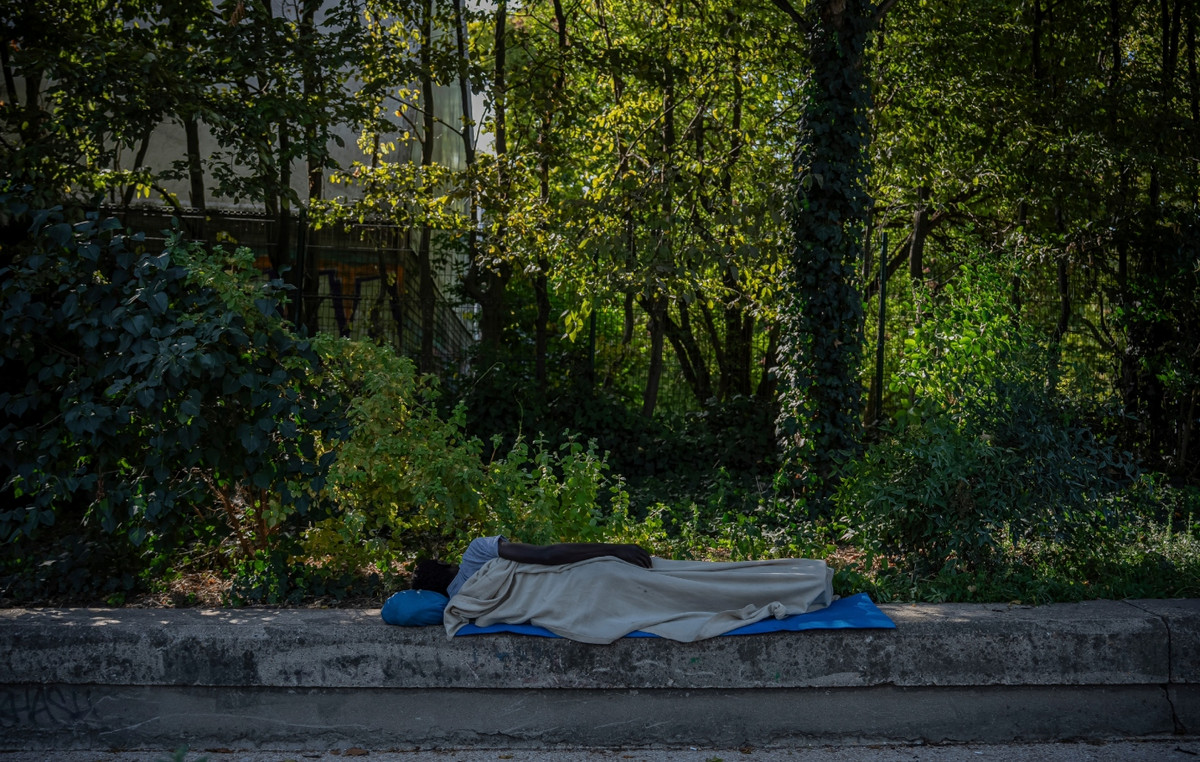The sanction of the Saidinhas Law by President Luiz Inácio Lula da Silva (PT) was published, this Thursday (11), in an extra session in the Official Gazette of the Union (DOU), with a veto on the section that prevented the prisoner from the regime semi-open to visiting family.
Understand how temporary releases for inmates worked and what changed with the new legislation.
Number of outings
The new legislation revoked the section that granted the right to five annual temporary departures to prisoners who had this right. When it comes to attending a vocational or secondary education course, or higher education, the departure time will be as long as necessary to carry out student activities. To the Temporary trips to visit family are also permitted after President Lula's vetoes.
When sanctioning the Saidinhas Law, the president vetoed a section that prevented prisoners under the semi-open regime from visiting their family. The guidance was given by the legal wing of the government, such as the Ministry of Justice and Public Security and the Attorney General's Office. The information was provided by the CNN .
The Executive understood that the ban on visits to the families of prisoners who are already in the semi-open regime violates fundamental values of the Constitution, such as the principle of human dignity, the principle of individualization of punishment and the State's obligation to protect the family.
How it was before: Prisoners serving sentences in a semi-open regime had the right to request up to five seven-day releases annually.
Classification of the crime
A convict who is serving a sentence for committing heinous crime or one involving violence or serious threat against person. These cases include crimes such as rape, homicide, robbery and drug trafficking.
How it was before: The right to exit was limited to convicted inmates serving sentences for heinous crimes resulting in death.
Use of an electronic ankle bracelet
The new text determines the use of electronic monitoring by the convict in legal hypotheses. The law now establishes three new situations in which the Court can order supervision by means of an ankle bracelet. They are: conditional release, execution of the sentence in open and semi-open regimes and restriction of rights relating to the prohibition of visiting specific places.
How it was before: the electronic ankle bracelet could be used to monitor temporary exits from the semi-open regime and during house arrest.
Sentence progression
The prisoner will only be entitled to progression of regime if he demonstrates good prison conduct , proven by the director of the penitentiary, and by the results of the criminological examination, respecting the rules that prohibit progression. The detainee must present his antecedents and results of the criminological examination signs that he will adjust, with self-discipline, low risk and a sense of responsibility, to the new regime.
The objective of the criminological examination is to apply an individualized sentence, according to the individual's personal characteristics. Psychiatric and psychological characteristics of the detainee are assessed, such as the degree of dangerousness, aggressiveness and maturity.
How it was before: the criminological examination was not mandatory, but the judge could request it if he deemed it necessary.
Source: CNN Brasil
I’m James Harper, a highly experienced and accomplished news writer for World Stock Market. I have been writing in the Politics section of the website for over five years, providing readers with up-to-date and insightful information about current events in politics. My work is widely read and respected by many industry professionals as well as laymen.







